Country Information - Islamic Republic of Pakistan اسلامی جمہوریۂ پاکستان (PART 03)
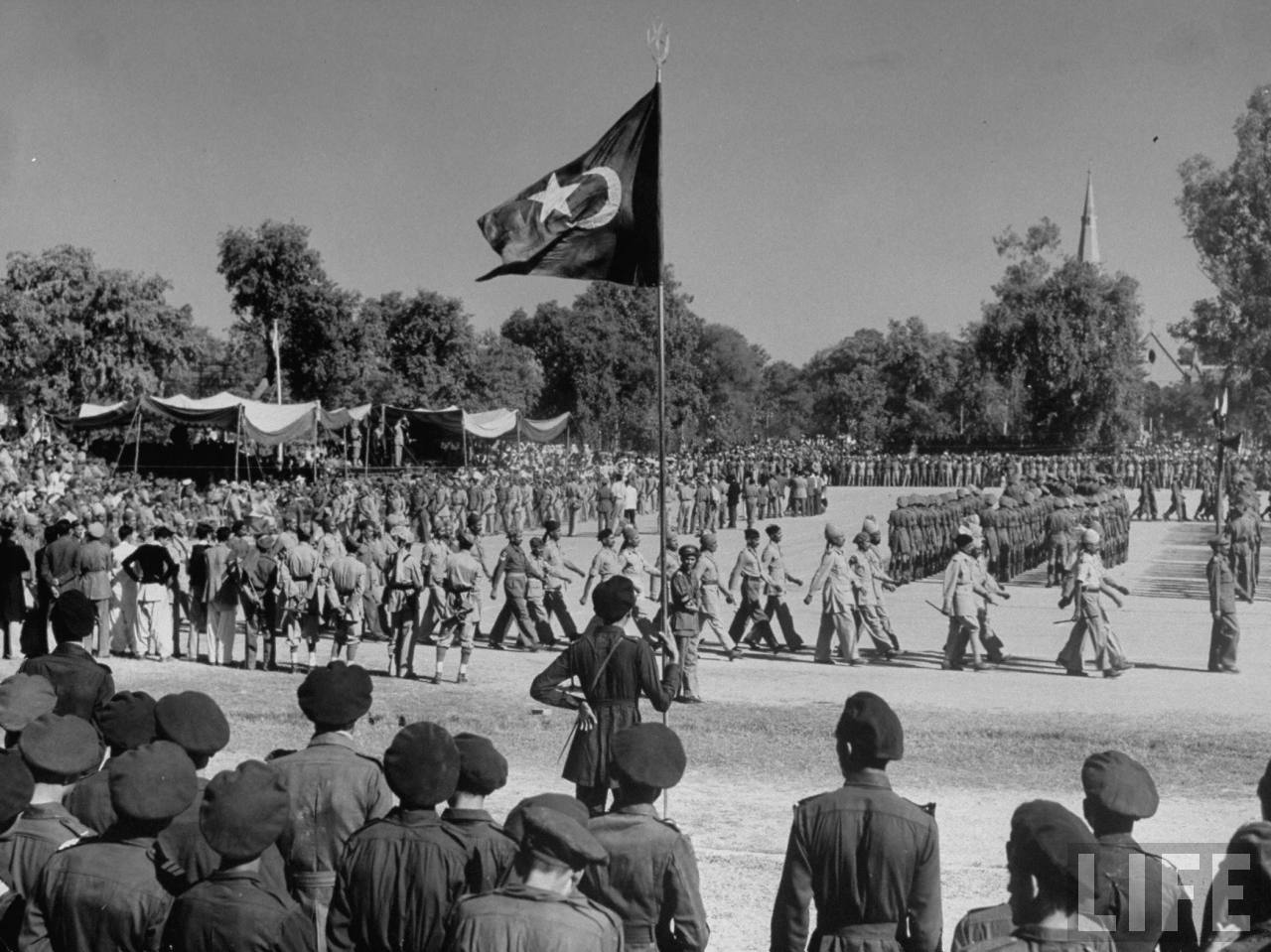
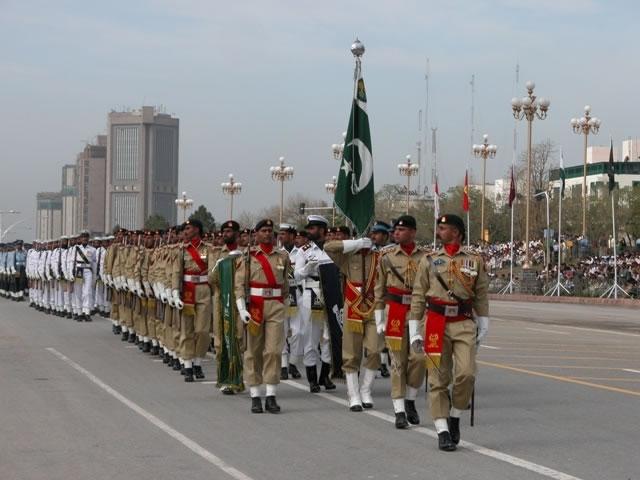
Pak Defence Forces Parade: December 1947 at Rawalpindi (Left - courtesy Life Magazine) - 23 March Parade (Right)
Pakistan Defence Forces
 Pakistan Armed Forces rank among the best and professionally trained forces. Some units of Pakistan Army are more than 200 years old and boast their past glories and feats with pride. Equipped with some of the latest and state of art weapons and equipment, the Armed Forces of Pakistan have proved their mettle on the battle grounds. Besides defending the geographical frontiers of the country, the officers and men are always there to respond to the natural calamities and fighting out the terrorists. The timely assistance provided by the Pakistan Armed Forces in the recent earthquake has been case in point. The relief and reconstruction effort by the men in uniform continues unabated day and night even when the falling snow has made it difficult to reach the most inaccessible areas of the world.
Pakistan Armed Forces rank among the best and professionally trained forces. Some units of Pakistan Army are more than 200 years old and boast their past glories and feats with pride. Equipped with some of the latest and state of art weapons and equipment, the Armed Forces of Pakistan have proved their mettle on the battle grounds. Besides defending the geographical frontiers of the country, the officers and men are always there to respond to the natural calamities and fighting out the terrorists. The timely assistance provided by the Pakistan Armed Forces in the recent earthquake has been case in point. The relief and reconstruction effort by the men in uniform continues unabated day and night even when the falling snow has made it difficult to reach the most inaccessible areas of the world.
| |
| Pakistan Armed Forces and Nation Building: Ever since the independence in August 1947, Pakistan Armed Forces |
The Picture Gallery
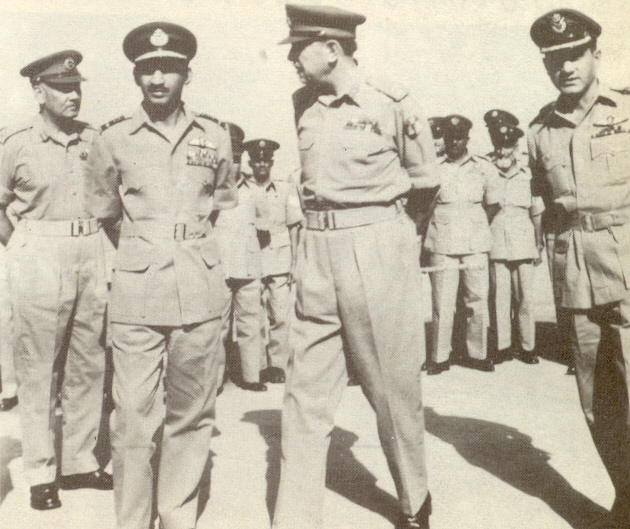
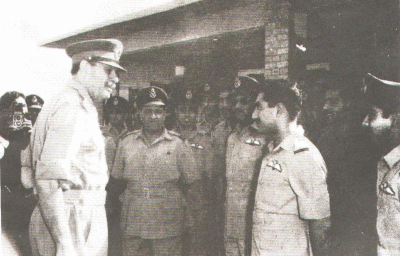
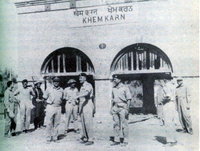
1965 Indo-Pak War: President Ayub with Air Marshal Nur Khan and General Musa - With PAF Pilots - General Musa, C-in-C Pakistan Army at captured Indian railway station of Khemkaran
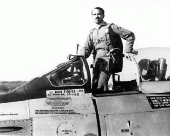
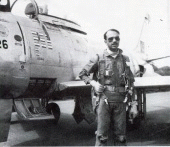
Squadron Leader M M Alam, SJ & Bar - Shot down 5 IAF aircraft in just 30 seconds (1965 War) - setting a world record. Read More...



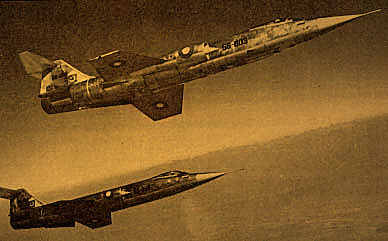
Two IAF aircraft force landed in Pakistan - Captured Jeep of Indian General Narinjan Parsad - F-104 Starfighter - first supersonic jet in Indo-Pak region
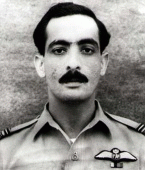
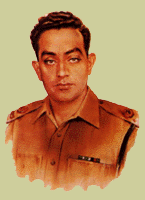
Martyrs of 65: Squadron Leader Rafiqui, HJ, Major Bhatti, NH
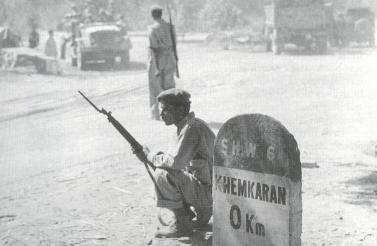
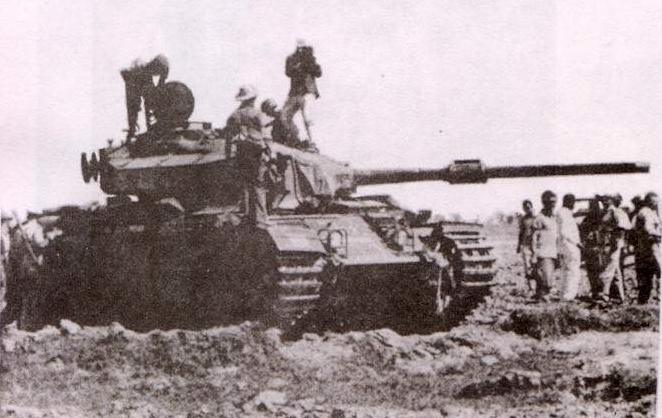
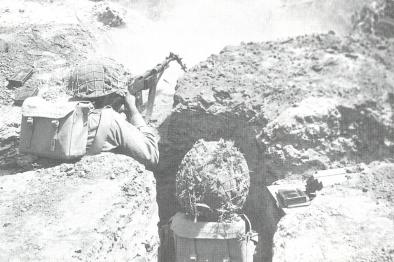
1965 War - Pak Army enters Khemkaran - Indian Tank after Battle of Chawinda - BRBL Defences
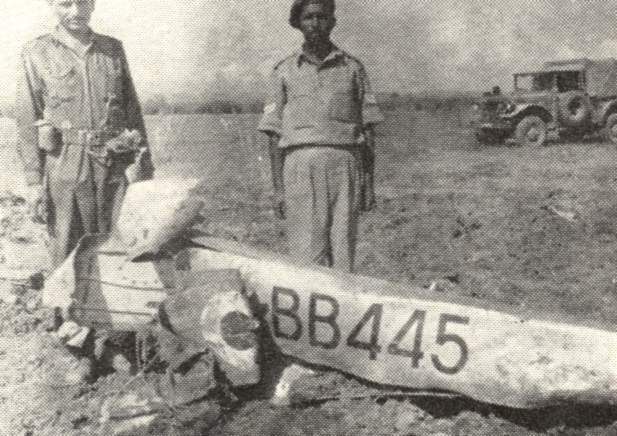
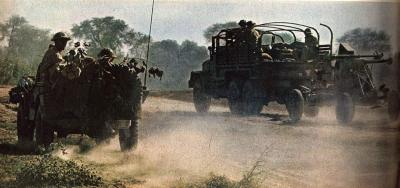
1965 War - Wreckage IAF Vampire - AA Gun Pak Army getting into action
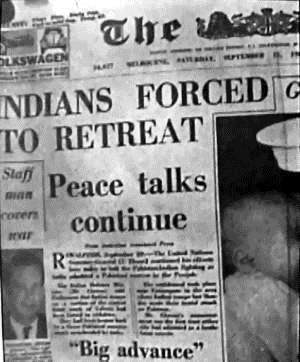
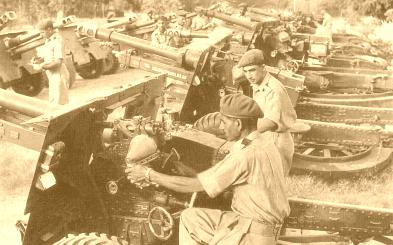
1965 War - News Clipping - Captured Indian Field Guns (Later Pakistan raised 3 artillery regiments from these guns)
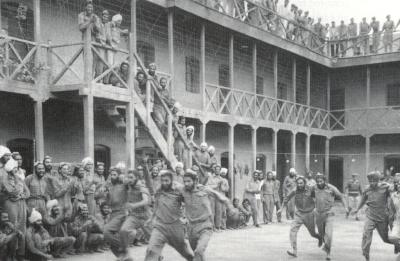
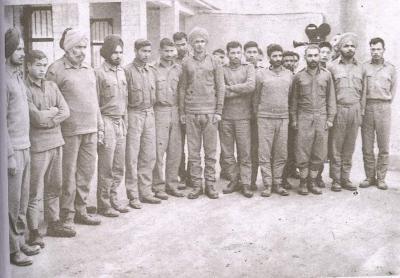
Indian POWs - 1965 and 1971
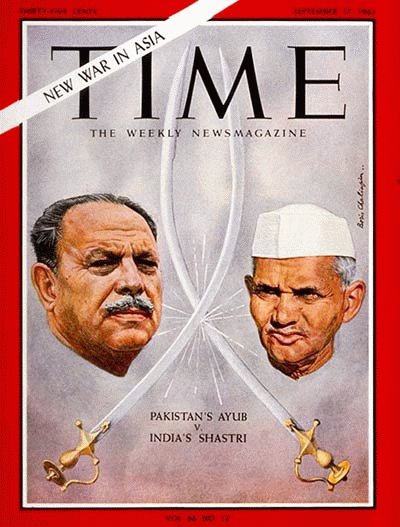
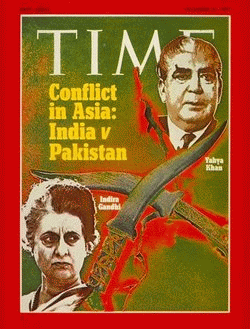
Cover of Time Magazine - 1965 and 1971
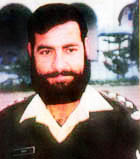


Proud recipients of the Prestigious Nishan-e-Haider - Read More
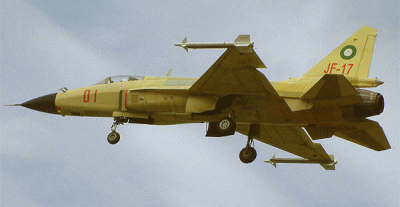
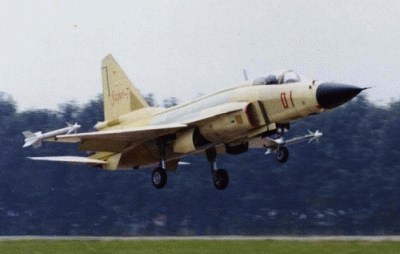
JF-17 Thunder jet being jointly co-produced by Pakistan and China. Read More.
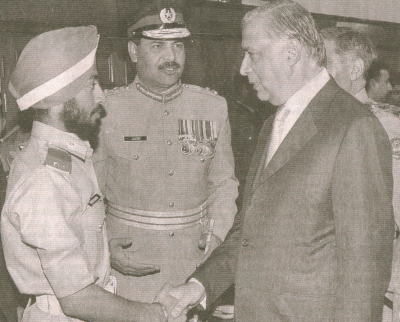

Cadet Hercharan Singh - the first Sikh selected for training at Pakistan Military Academy shakes hands with the Prime Minister Shaukat Azia (left) - Sikh cadet with female cadet
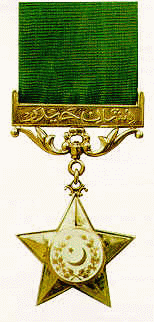
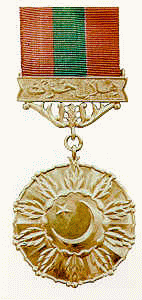
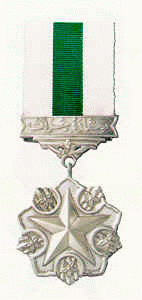
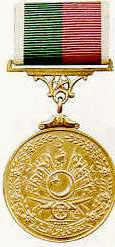
The Gallantry Awards: (L to R) Nishan-e-Haider (NH), Hilal-e-Jurrat (HJ), Sitara-e-Jurrat (SJ), Tamgha-e-Jurrat (TJ)
Nishan-i-Haider (The Order of Haider) is Pakistan's highest decoration for the greatest acts of bravery in battle. The decoration may be awarded to any member of Pakistan's armed forces, regardless of rank or branch of service, for extraordinary bravery in the face of the enemy. It is, therefore, in the same category as Great Britain's Victoria Cross. Recipients may use the abbreviation NH. after their names.
Hilal-i-Jur'at (Crescent of Courage) is awarded to officers only for acts of valor, courage, or devotion to duty in the face of the enemy. The award carried the right to use the post nominal abbreviation HJ. This decoration is a rough equivalent to the British Distinguished Service Order. Established: 16 March 1957, by the President of Pakistan -No. F. 40(3)/Pres/57, Gazette of Pakistan 19 March 1957. Obverse: A circular gold medal, with a star and crescent in the center, surrounded by ten bundles of leaves. The medal is suspended from a gold bar with the name of the decoration "Hilal-i-Jur'at".
Sitara-i-Jur'at (Star of Courage) is awarded to all ranks for gallantry and distinguished services in the face of the enemy. The award carried the right to use SJ. as a post nominal abbreviation. The decoration is roughly comparable to the British Military Cross. Established: 16 March 1957, by the President of Pakistan - No. F. 40(3)/Pres/57, Gazette of Pakistan 19 March 1957. It is a pentagonal silver medal with a five-pointed star in the center and rays and stars between the points. The medal is suspended from an ornamental bar with the name of the decoration, "Sirata-i-Jur'at".
Tamgha-i-Jur'at (Medal of Courage) is awarded to non-commissioned officers and enlisted men for gallantry and distinguished services in the face of the enemy. The award carried the right to use the post nominal abbreviation TJ. The decoration is roughly comparable to the British Distinguished Conduct Medal. Established: 16 March 1957, by the President of Pakistan - No. F. 40(3)/Pres/57, Gazette of Pakistan 19 March 1957. Obverse: A circular bright bronze medal with a star and crescent in the center, surrounded by a trophy of arms and entirely surrounded by a wreath. The medal is suspended from an ornamental straight-bar suspender.
| Pakistan's SSMs / Cruise Missile |
| | | | | |
| Shaheen | Hataf-3 (Ghaznavi) | Hataf-2 (Abdali) | Ghauri | Hataf-VII (Babar) Cruise Missile |
| | ||||
| Hataf - VI (2,000 km) |
PAKISTAN ARMED FORCES RELATED LINKS
Note: The reference material contained in the site to which links are provided herein under is in no way to be taken as official view point of the government of Pakistan / Pakistan Armed Forces, except the official websites.
Education in Pakistan
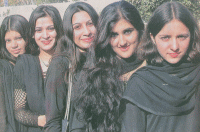 Education in Pakistan has not geared up to the level it is required to be or as compared to other countries in the region. As per a study by the UNESCO, although the overall literacy rate stands at 46 per cent, independent sources and educational experts, however, are sceptical. They place the overall literacy rate at 26 per cent and the rate for girls and women at 12 per cent, contending that the higher figures include people who can handle little more than a signature. There are 163,000 primary schools in Pakistan, of which merely 40,000 cater to girls. Of these, 15,000 are in Punjab Province, 13,000 in Sind, 8,000 in North-West Frontier Province (NWFP) and 4,000 in Balochistan. Similarly, out of a total 14,000 lower secondary schools and 10,000 higher secondary schools, 5,000 and 3,000 respectively are for girls, in the same decreasing proportions as above in the four provinces. There are around 250 girls colleges, and two medical colleges for women in the public sector of 125 districts. Some 7 million girls under 10 go to primary schools, 5.4 million between 10 and 14 attend lower secondary school, and 3 million go to higher secondary schools. About 1.5 million and 0.5 million girls respectively go to higher secondary schools/colleges and universities.
Education in Pakistan has not geared up to the level it is required to be or as compared to other countries in the region. As per a study by the UNESCO, although the overall literacy rate stands at 46 per cent, independent sources and educational experts, however, are sceptical. They place the overall literacy rate at 26 per cent and the rate for girls and women at 12 per cent, contending that the higher figures include people who can handle little more than a signature. There are 163,000 primary schools in Pakistan, of which merely 40,000 cater to girls. Of these, 15,000 are in Punjab Province, 13,000 in Sind, 8,000 in North-West Frontier Province (NWFP) and 4,000 in Balochistan. Similarly, out of a total 14,000 lower secondary schools and 10,000 higher secondary schools, 5,000 and 3,000 respectively are for girls, in the same decreasing proportions as above in the four provinces. There are around 250 girls colleges, and two medical colleges for women in the public sector of 125 districts. Some 7 million girls under 10 go to primary schools, 5.4 million between 10 and 14 attend lower secondary school, and 3 million go to higher secondary schools. About 1.5 million and 0.5 million girls respectively go to higher secondary schools/colleges and universities.
The situation gets worse in rural areas due to social and cultural obstacles. In some places, particularly northern tribal areas, the education of girls is strictly prohibited on religious grounds. The situation is the most critical in NWFP and Balochistan, where the female literacy rate stands between 3 per cent and 8 per cent. Some government organizations and non-governmental organizations have tried to open formal and informal schools in these areas, but the local landlords, even when they have little or nothing to do with religion or religious parties, oppose such measures, apparently out of fear that people who become literate will cease to follow them with blind faith.
The present government has however taken some very concrete steps to boost education, specially the basic and higher education in the country by establishing the Higher Education Commission under veteran Dr Atta ur Rehman. The Commission has been set up to facilitate the development of the universities of Pakistan to be world-class centres of education, research and development. The Commission is also making concerted efforts to encourage individuals to undertake doctorate studies. Due to liberal policies of the government, recently the trends in education are changing and a large number of educational institutes have come up in the private sector. This includes chain of schools, medical colleges and universities in all major cities of Pakistan. However, standardization of the education system remains a big challenge for the governments, since the basic education rests on two streams, that is the government sponsored schools, where the medium of instruction is in Urdu and the private sector sponsored schools where medium of instruction is English.
The present government has established 987 Community primary schools at Union Council level, along with 5,953 Literacy Centers, 554 Early Childhood Education Centers (ECE), 8,400 Non-formal basic education Community schools. Education has been declared free up to matric level in two provinces and free text books distributed to primary school children throughout the country. Additionally, 441 Technical Workshops established in secondary schools and 6,240 schools have been upgraded through Public-Private Partnerships; 60.7% such schools are for girls. PhD output increased from 60 p.a. to 250 p.a. Seven new IT universities and degree awarding institutes have recently been set up, while two new educational channels launched in June 2004 under Virtual University Endowment Fund of over Rs.1.3 billion set up for public sector engineering universities. Budget for higher education increased from Rs. 800 million to Rs. 9.1 billion.
Maps of Pakistan
(Click on Desired Map for Larger Display)
Geographical map (left) - Borders (Right)
General Map (Left) - Population Distribution (Right)
Major Ethic Groups (Left) - Ethnic Groups Details (Right)
Agriculture and Land Use (Left) - Industrial, Mining and Power Centres (Right)
Generalized Soil Layout (left) - Satellite Map (right)
Pakistan at a GLANCE

Official Name: Islamic Republic of Pakistan
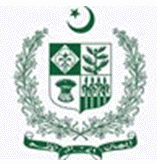
Logo GOP (Left) - National Flag (Right)
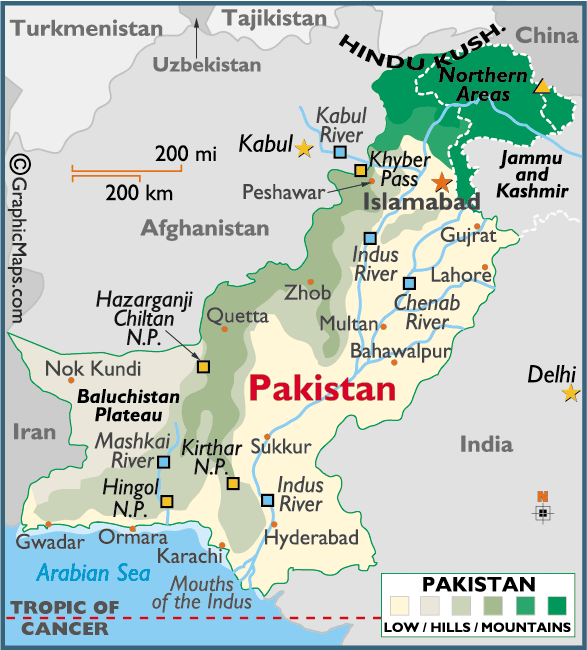







































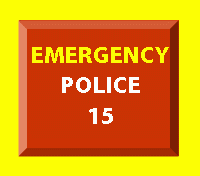







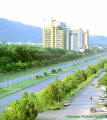













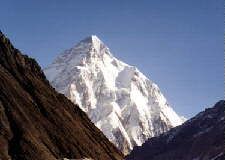


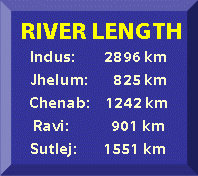
| Comparison with Regional Countries - Telephone and Internet | ||||||
| Country | Telephone | Cell Telephone | Personal Computers | Internet Users | ||
| India | 22.6 | 1.9 | 3.3 | 4.5 | ||
| Pakistan | 22.4 | 2.1 | 4.3 | 8.5 | ||
| Sri Lanka | 36.4 | 12.2 | 5.6 | 3.4 | ||
| Source: Intl Telecommunication Union (2000), Nua Internet Surveys (2000), ADBI working paper (Jan, 2001) | ||||||
| The Mobile Phone users increased from 24.3 users per 1000 (2000) to 115.9 per 1000 in 2005. Access to internet increased from 2.2/1000 (2000) to 67.4/1000 in 2004 | ||||||
| Communications | Transport & Communication | Health | Education |
| Post Offices: 13,419 Telephone connections: 2.80 million Public Call Offices: 10,000 Telegraph offices: 427 | Total length of roads: 228,206 km Pakistan Railway network: 8,775 km Railway stations: 781 Pakistan International Airlines: Covers 55 international and 38 domestic stations Major Airports: 6 - Islamabad, Karachi, Lahore, Quetta, Peshawar and Gwadar | Hospitals: 830 Beds: 86,921 Doctors registered: 74,229 Dentists registered: 2,938 Nurses registered: 22,810 | Primary schools: 150,963 Middle schools: 14,595 High schools: 9,808 Arts & science colleges: 798 Professional colleges: 161 Universities: 35 (10 in Private sector) |
Facts and Figures about Pakistan
|
|
| 
| ||||||||||||||||||||||||||||||||
|
--
میرا نیا بلاگ - اپنی رائے کا اظہار کیجئے
http://shoaibtanoli.wordpress.com/
Regards
M Shoaib TaNoLi
Karachi Pakistan
Email@ shoaib.tanoli@gmail.com
Cell # +92-300-2591223
Facebook :https://www.facebook.com/mtanoli
SKYPE: shoaib.tanoli2
پاکستان زندہ باد ۔ پاکستان پائندہ باد
Long Live Pakistan
Pakistan Zindabad!
Dear Readers: My mails are my personal choice. The purpose of these mails is to establish contact with you, make you aware of different cultures ,disseminate knowledge and information. If these (mails) sound you unpleasant, please intimate .
IF YOU ARE NOT INTERESTED IN MY MAIL
PLEASE REPLY THIS E_,MAIL WITH THE SUBJECT.. UNSUBSCRIBE
E Mail: shoaib.tanoli@gmail.com
--
پاکستان کسی بھی پاکستانی کے لئے اللہ کی سب سے بڑی نعمتوں میں سے ایک ہے. آج ہم جو بھی ہے یہ سب اس وجہ پاکستان کی ہے ، دوسری صورت میں ، ہم کچھ بھی نہیں ہوتا. براہ مہربانی پاکستان کے لئے مخلص ہو.
* Group name:█▓▒░ M SHOAIB TANOLI░▒▓█
* Group home page: http://groups.google.com/group/MSHOAIBTANOLI
* Group email address MSHOAIBTANOLI@googlegroups.com
To unsubscribe from this group, send email to
MSHOAIBTANOLI+unsubscribe@googlegroups.com
*. * . * . * . * . * . * . * . * . * . *
*. * .*_/\_ *. * . * . * . * . * . * . * . * .*
.•´¸.•*´¨) ¸.•*¨) ¸.•´¸.•*´¨) ¸.•*¨)
(¸.•´ (¸.•` *
'...**,''',...LOVE PAKISTAN......
***********************************
Muhammad Shoaib Tanoli
Karachi Pakistan
Contact us: shoaib.tanoli@gmail.com
+923002591223
Group Moderator:
*Sweet Girl* Iram Saleem
iramslm@gmail.com
Face book:
https://www.facebook.com/TanoliGroups
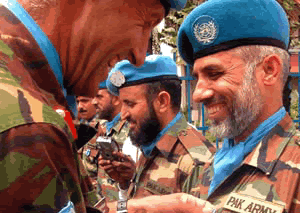 Pakistan Armed Forces are also the major contributors of the UN Peace Keeping efforts all around the globe since Pakistan gained independence in 1947. The first Pakistani contingent was dispatched to Indonesia in 1962 when Indonesia and Holland developed a dispute on New Guinea. The Pakistani contingent had the distinction of transferring the occupation of New Guinea from Holland back to Indonesia and on 1 October 1962, the UN flag was raised by a Pakistani soldier in the disputed land. The contingent stayed in Indonesia for nine months. This was the beginning, and now Pakistani contingents are much sought out by UN for their devotion and excellent performance.
Pakistan Armed Forces are also the major contributors of the UN Peace Keeping efforts all around the globe since Pakistan gained independence in 1947. The first Pakistani contingent was dispatched to Indonesia in 1962 when Indonesia and Holland developed a dispute on New Guinea. The Pakistani contingent had the distinction of transferring the occupation of New Guinea from Holland back to Indonesia and on 1 October 1962, the UN flag was raised by a Pakistani soldier in the disputed land. The contingent stayed in Indonesia for nine months. This was the beginning, and now Pakistani contingents are much sought out by UN for their devotion and excellent performance. 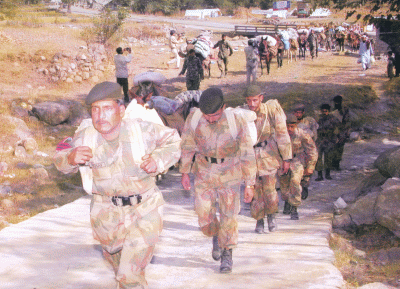 have been invariably engaged in tasks to build the communication infrastructure, excavation of earth from canals, mega projects like construction of KKH with the assistance of China, the Makran Coastal Highway, flood relief operations etcetera. However, the "Operation Lifeline" recently undertook by the Armed Forces of Pakistan in the wake of 8 October 2005 earthquake in the NWFP and Azad Kashmir would never be forgotten for years to come. Reacting promptly, the men reached the most inaccessible places on the rugged mountains and rescued injured to hospitals in Rawalpindi / Islamabad and down south to Gujranwala and Lahore. The entire fleet of Army Aviation flew innumerable sorties round the clock to take relief goods to the affected areas and brought back sick and injured back to base hospitals. Where helicopters could not reach, men carried relief goods on their back and reached the needy. The undertaking of relief operation of this magnitude could only be taken by the men and machines of the Armed Forces of Pakistan.
have been invariably engaged in tasks to build the communication infrastructure, excavation of earth from canals, mega projects like construction of KKH with the assistance of China, the Makran Coastal Highway, flood relief operations etcetera. However, the "Operation Lifeline" recently undertook by the Armed Forces of Pakistan in the wake of 8 October 2005 earthquake in the NWFP and Azad Kashmir would never be forgotten for years to come. Reacting promptly, the men reached the most inaccessible places on the rugged mountains and rescued injured to hospitals in Rawalpindi / Islamabad and down south to Gujranwala and Lahore. The entire fleet of Army Aviation flew innumerable sorties round the clock to take relief goods to the affected areas and brought back sick and injured back to base hospitals. Where helicopters could not reach, men carried relief goods on their back and reached the needy. The undertaking of relief operation of this magnitude could only be taken by the men and machines of the Armed Forces of Pakistan.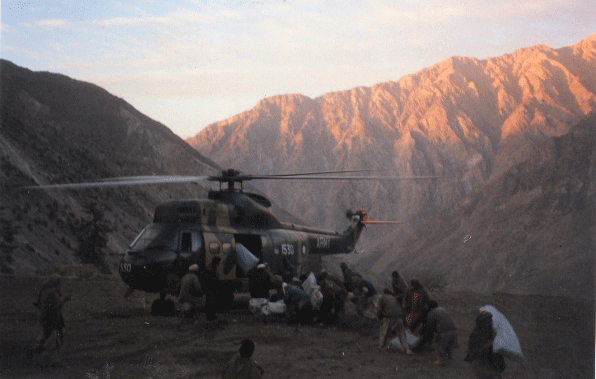
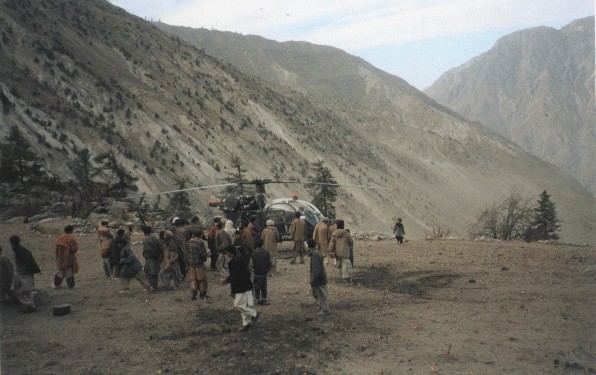
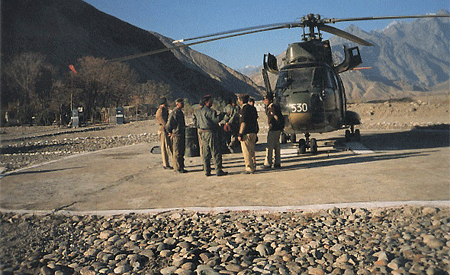
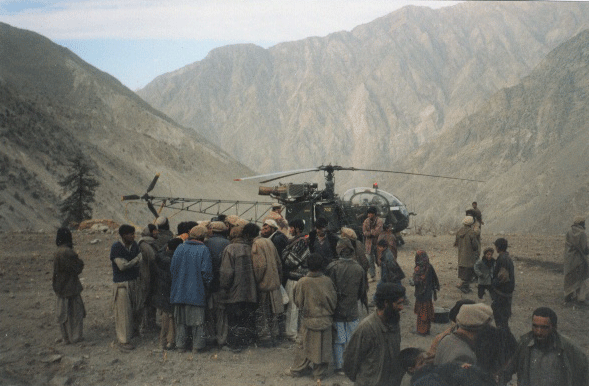
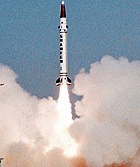
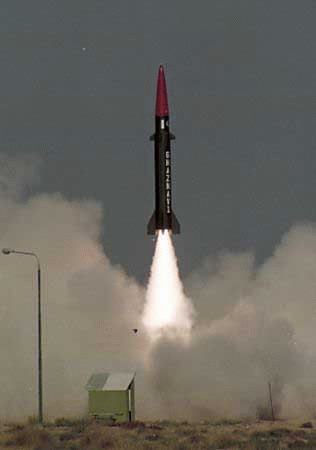
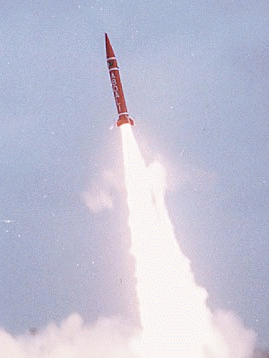
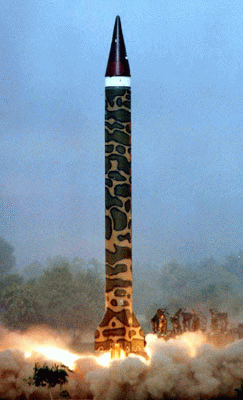
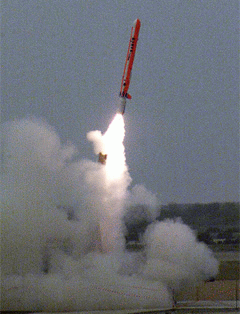
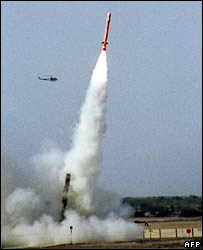
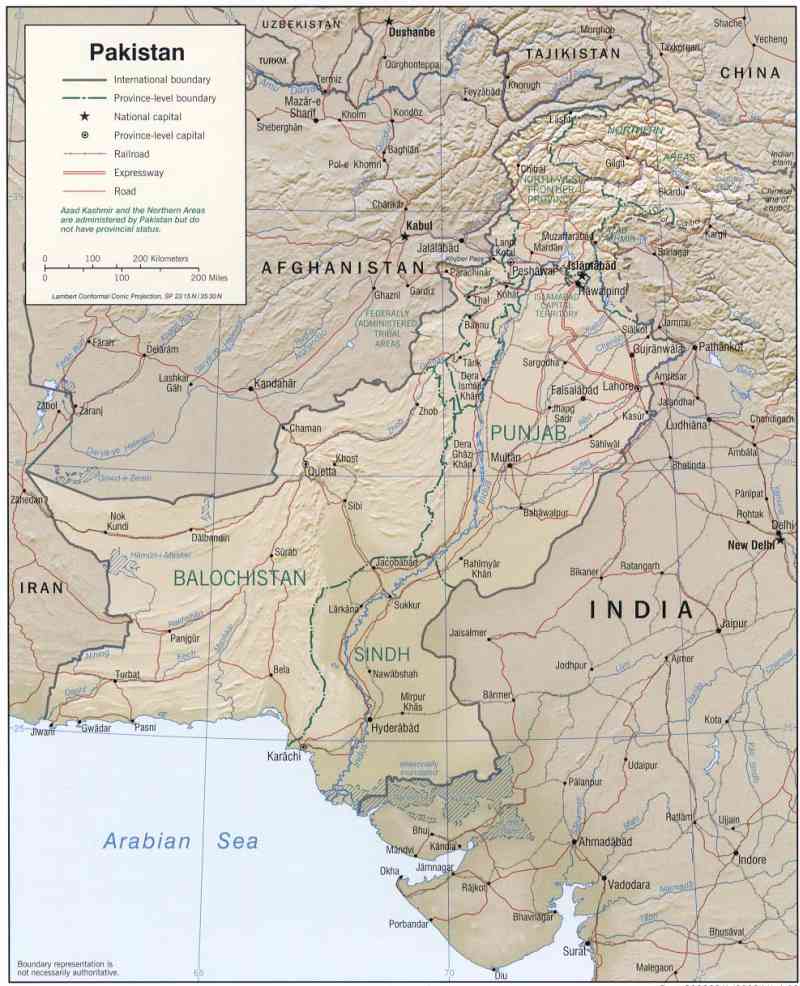
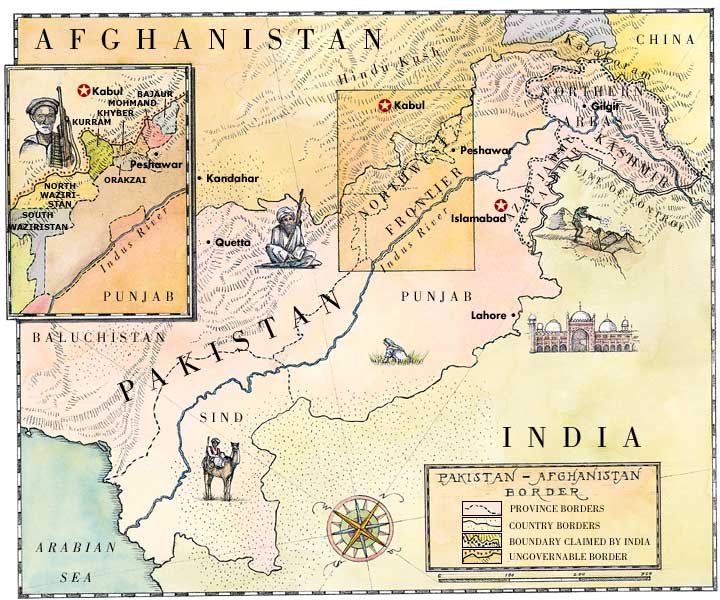
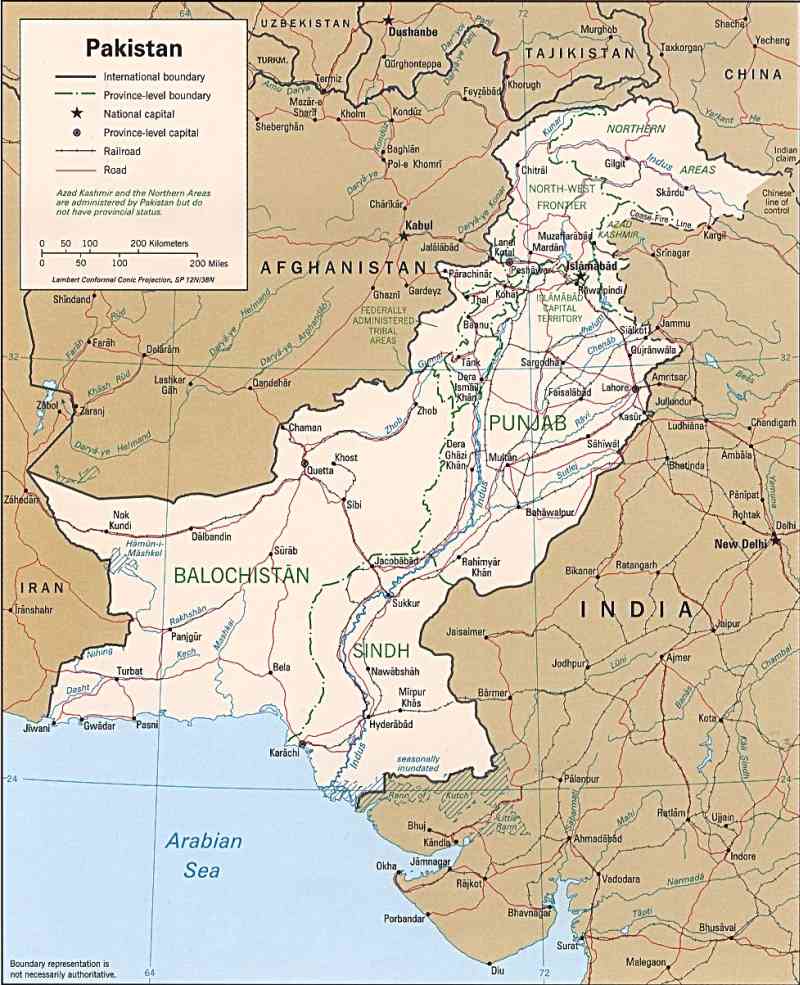
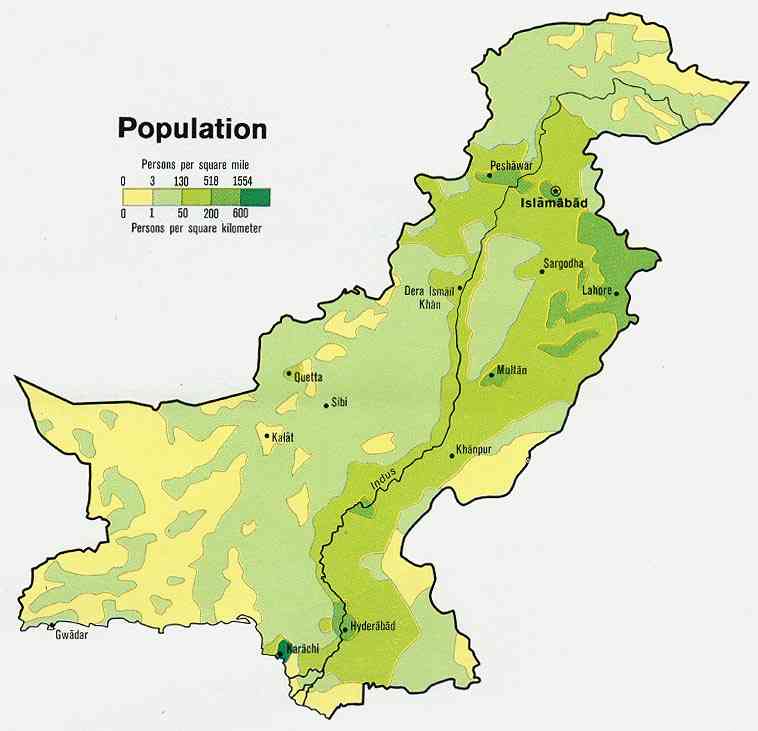
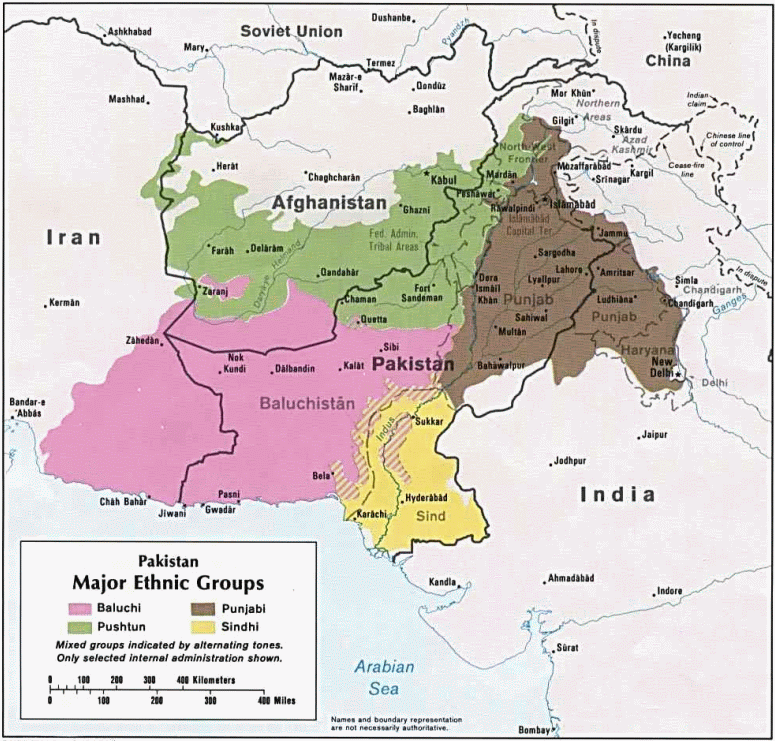
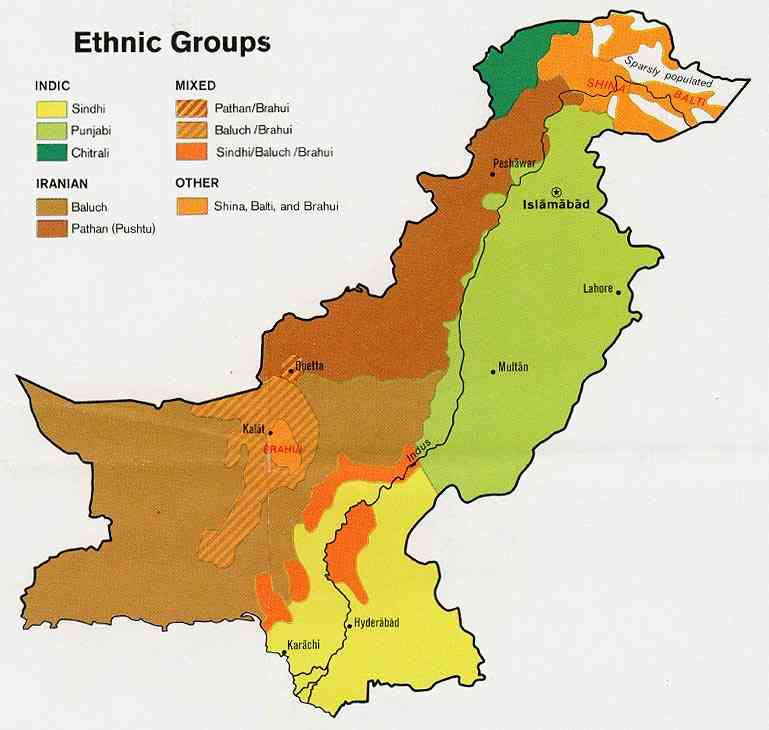
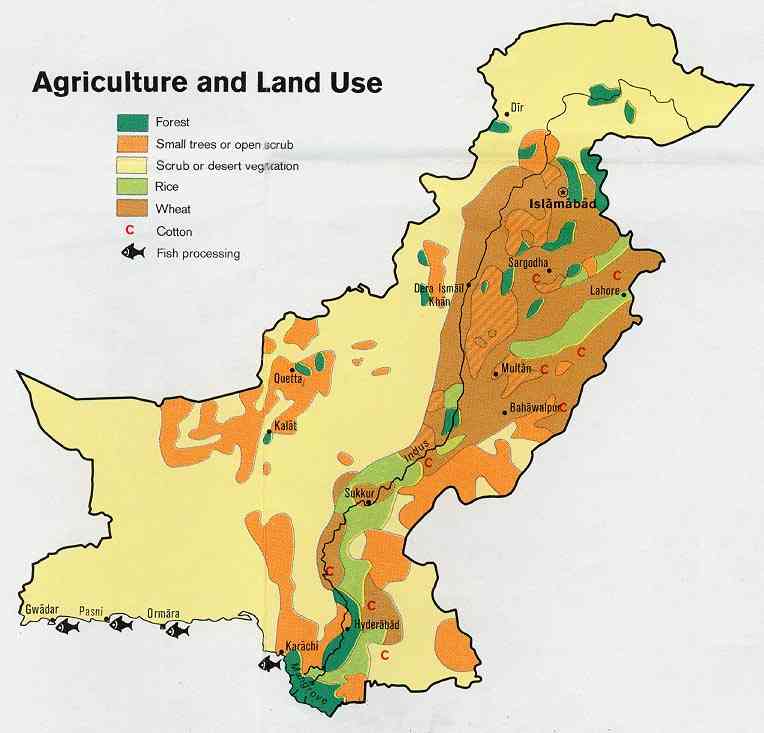
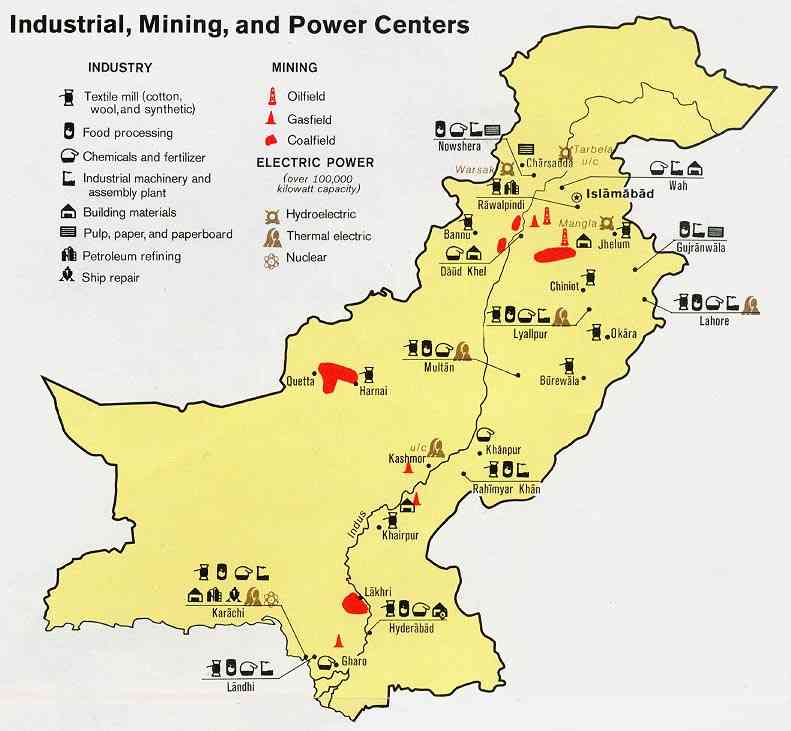
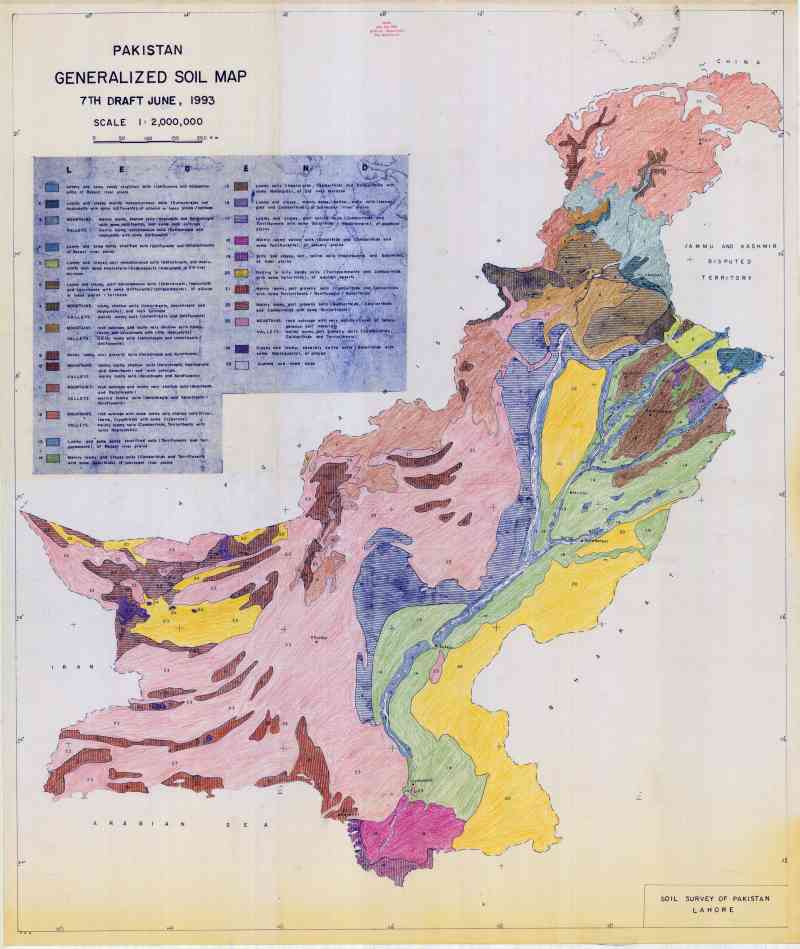
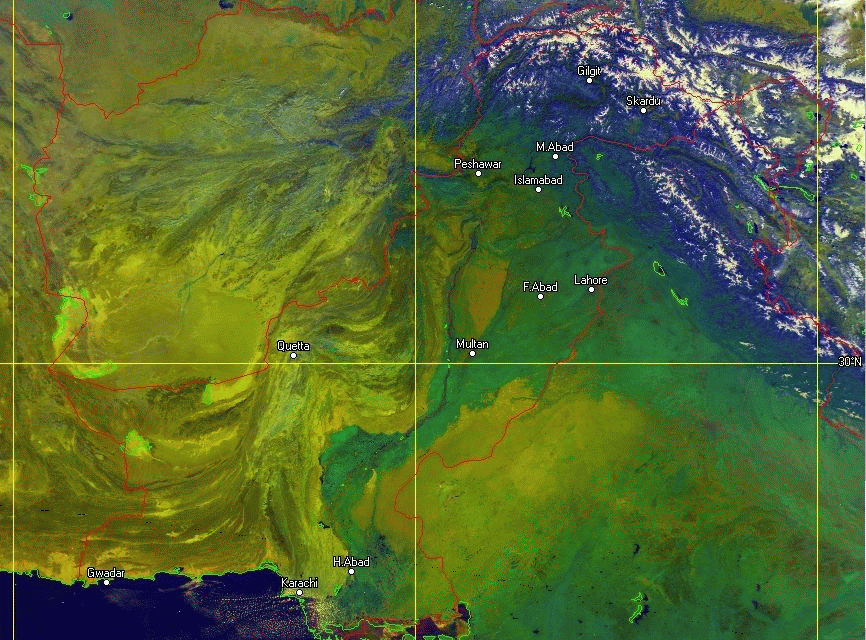
very well done Mr. Shahid ... Pakistan really need such patriotic people
ReplyDelete